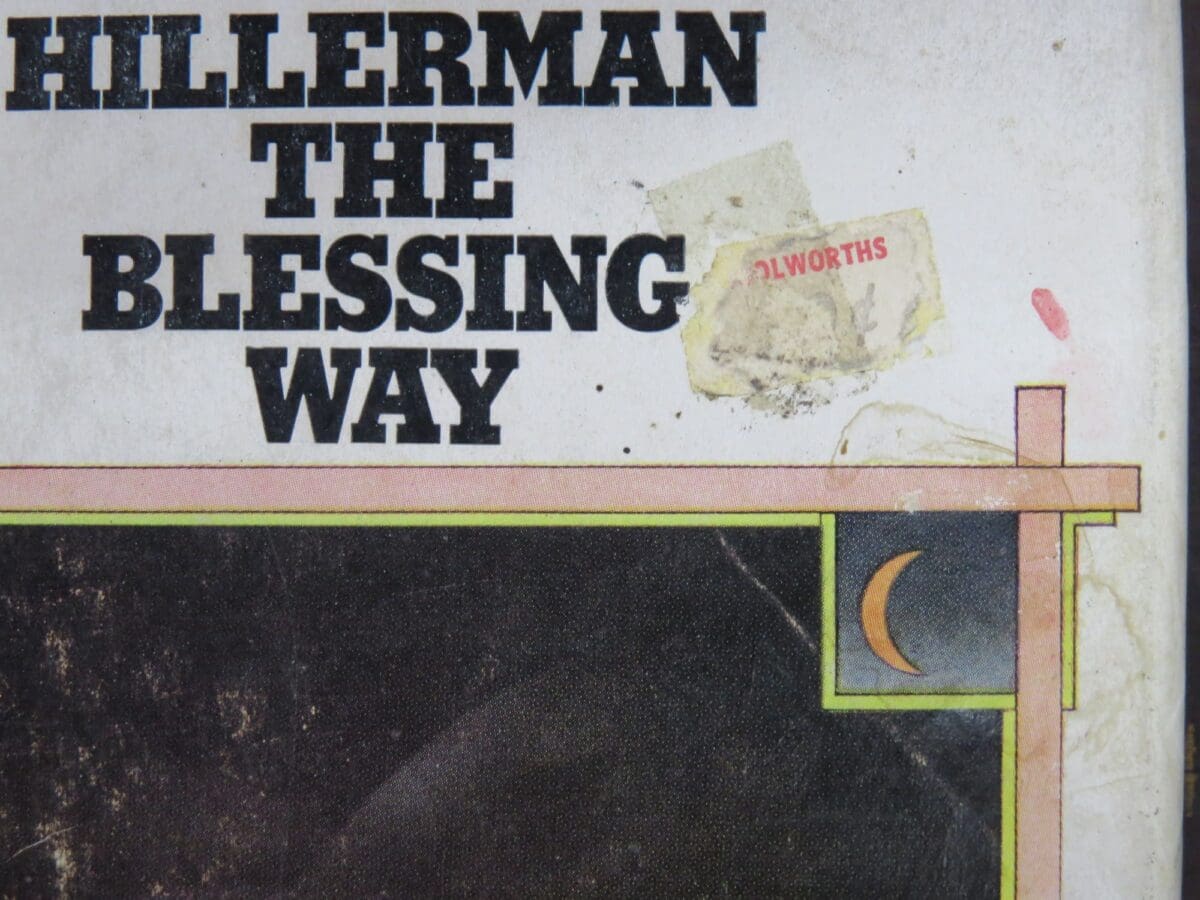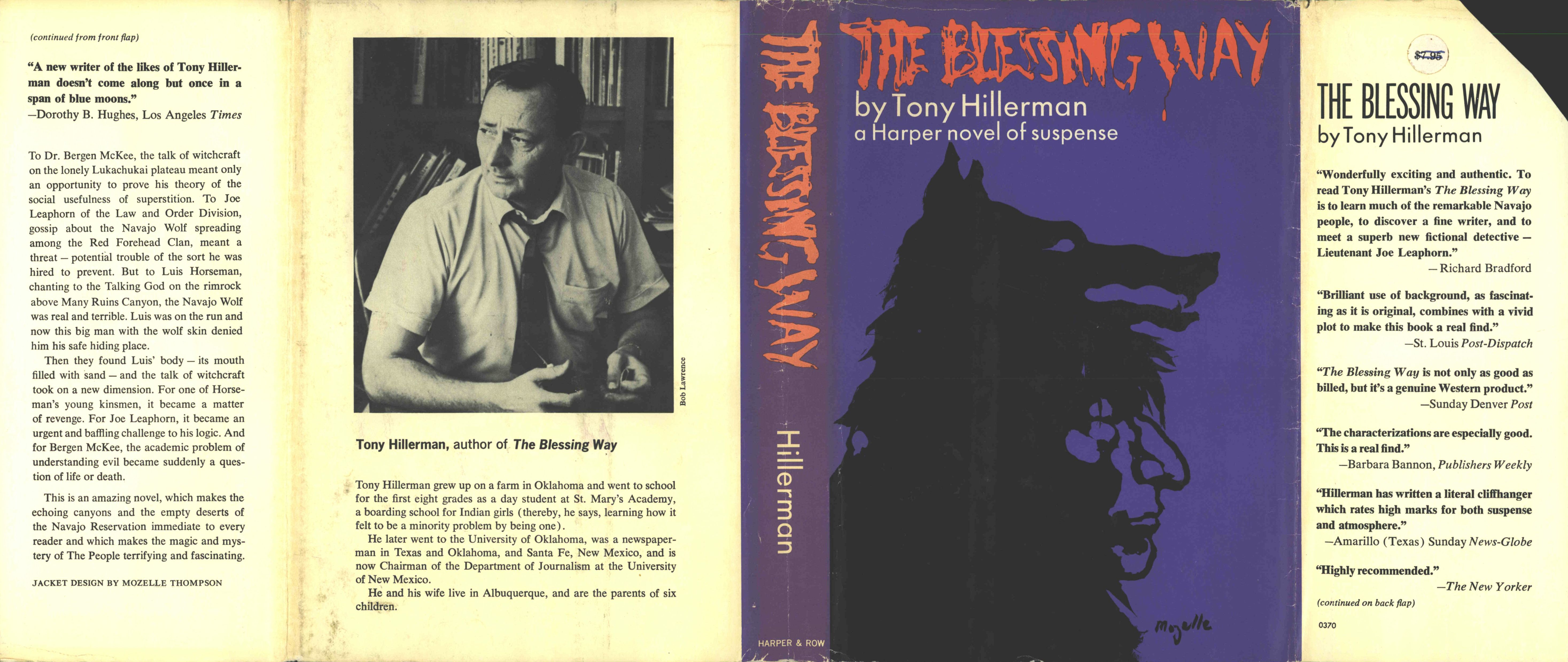

The clearest way that Hillerman deviates from the rationality of the detective formula-the idea that the detective solves a crime by deduction and by unmasking superstition-in The Blessing Way is in his representation of detective Joe Leaphorn and anthropologist Bergen McKee’s relationship. In order to understand the murder of Luis Horseman that is at the center of The Blessing Way, for example, one needs to encounter not just life in the southwest during the 1960s or early 1970s, but also ancient Pueblo sites, Navajo belief systems, contemporary archeology and ethnography, and the United States military’s presence in the region.


In Hillerman’s detective novels, crimes resonate with history and tradition. As Nicolas Witschi claims, “Hillerman renders the landscape as a palimpsest of information drawn not only from multiple cultural sources but also from the ineffable understanding that comes from having a direct experience of the region” (390). The simple question of “Whodunit?” is never answered simply in Hillerman’s novels. In so doing, Hillerman dramatizes how any knowledge of the southwest must be deeply historical. Hillerman takes the major concerns of the detective story and adapts them to the unique landscape of the American southwest. Most notably, The Blessing Way marks Hillerman’s momentous contribution to the detective story, a genre that emerges in the nineteenth century with early masters such as Edgar Allan Poe and Arthur Conan Doyle, and is developed by Raymond Chandler, Agatha Christie, Dashiell Hammett, and Patricia Highsmith, among others, in the early to mid twentieth century. Tony Hillerman’s The Blessing Way established the set of themes, concerns, and characters on which Hillerman would elaborate during his accomplished career as an author of fiction and nonfiction.


 0 kommentar(er)
0 kommentar(er)
